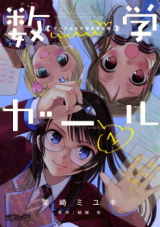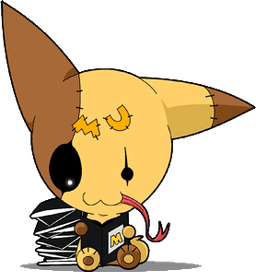The first volume contained one logic puzzle and four formal teachings of mathematical concepts. Even the logic puzzle was set as a formal game to illustrate logic, it was not a situation happening naturally. Most explanations were surprisingly bad, and the confusion between formalism and mathematics is irritating: a "genius" girl insists on "mathematizing the mathematics", which is absurd.
I've studied and taught mathematics for many years, so I was interested in this manga. What subjects would it choose for a young audience? What a let down! Contrary to my expectations, visualization takes almost no place; no geometry, no graphs, maths themes are always introduced by wordy explanations of theoretical concepts. For instance, the first one is Peano's Axioms that define the natural numbers (with the funny fact that the manga begins at 1 and not 0). It's a bit like showing Mendeleev's table to explain the concept of "cooking".
There could have been many graphical and potentially amusing themes: how to pave a surface with various forms? How many colors are needed to color maps? How to measure the height of a building without any tool? What are out-of-this-world geometries ( non-Euclidean) "à la Escher"? Would you bet on two students having the same birthday in your classroom? Why are the whales so big and the butterflies so small? How to cut a cake fairly? Even induction could be illustrated without going for the unimaginative exercise "Prove that 1+3+5+...+(2n-1)=n^2". The manga spans a few pages on the concept of infinity, but does not define it. Why? It's so beautiful: a set is infinite, if you can add an element to it, and there are still as many elements in the set.
Other than that, the drawings are second-rate. The settings are incredibly dull: a small harem of 3 stereotypical girls longing for a dense boy. No side characters, no landscapes. I'm sorry, but I can't find any redeeming feature.





